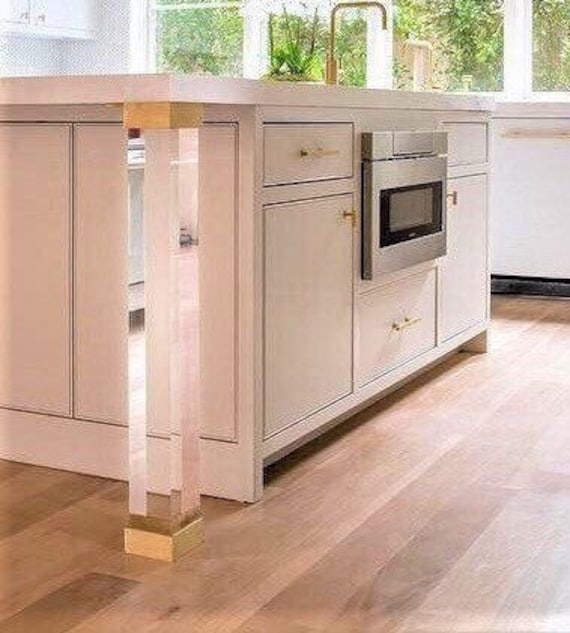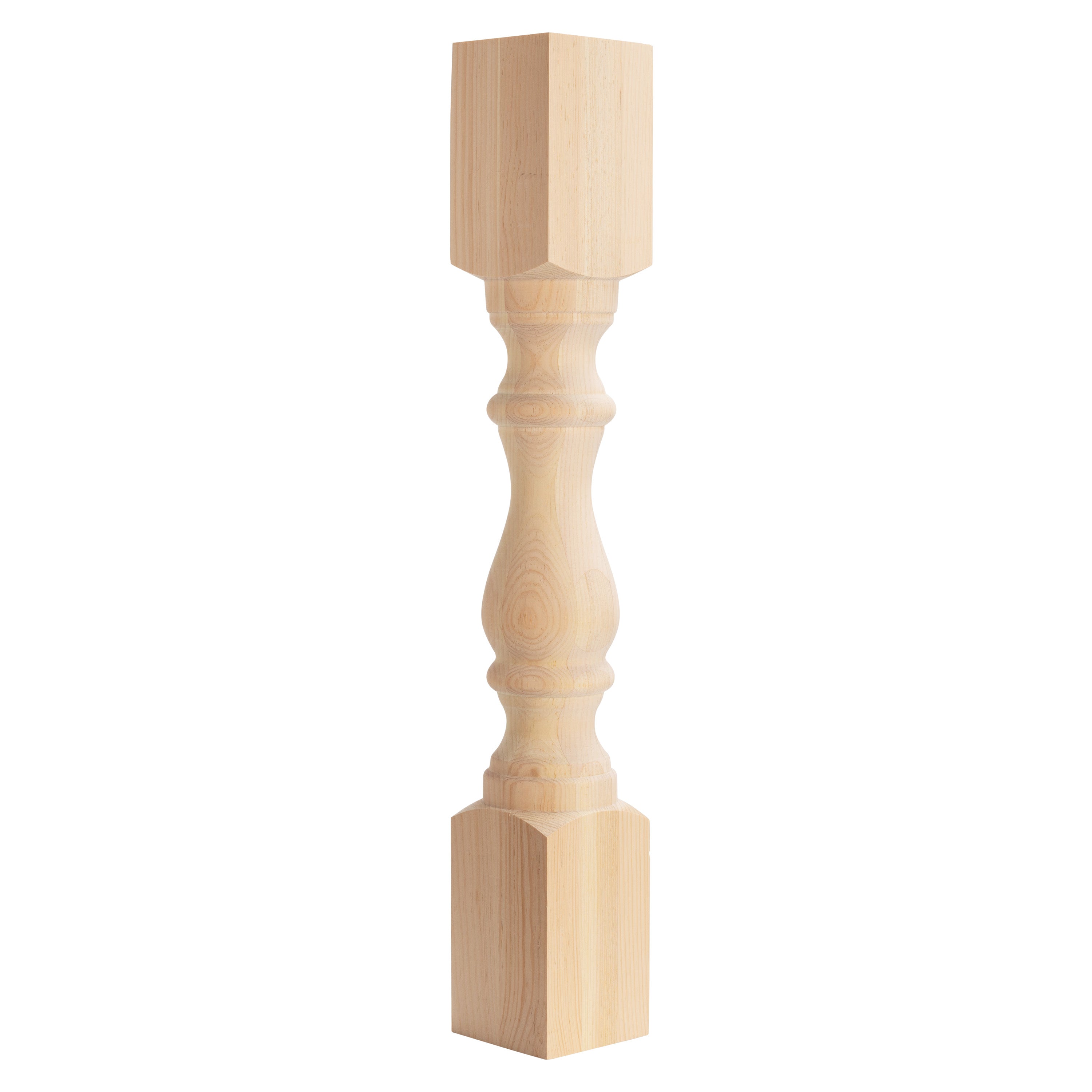How to Set Up a Kitchen Island Leg for Optimum Stability and Design
Wiki Article
The Value of a Sturdy Kitchen Area Island Leg in Developing a Practical Cooking Location
A strong kitchen island leg works as a fundamental component in establishing a practical cooking atmosphere, providing needed support for both the countertop and different kitchen tasks. The stability it provides can significantly minimize the threat of accidents in high-traffic locations, while likewise adding to the general aesthetic comprehensibility of the area. As kitchen areas advance into multifunctional locations for food preparation, eating, and interacting socially, the selection of materials and style factors to consider for island legs becomes significantly crucial. Recognizing these components can transform your kitchen area right into a more secure and a lot more reliable location, triggering more expedition into the very best alternatives readily available.Benefits of Sturdy Island Legs
Giving vital support, strong kitchen island legs play a crucial role in enhancing the capability and longevity of kitchen islands - kitchen island leg. These legs not just bear the weight of the kitchen counter and any kind of added things put on the island, however additionally add to the overall stability of the framework. A well-supported cooking area island ensures that it continues to be useful and upright, even under heavy usage, which is especially important in busy kitchen area environmentsMoreover, durable island legs can enhance the visual appeal of the kitchen. They provide a strong structure that can match different design styles, from modern to standard. This convenience allows homeowners to tailor their kitchen islands according to individual taste while ensuring that the structural honesty continues to be uncompromised.
In addition to their supportive role, durable kitchen island legs can additionally boost safety. A steady island lowers the threat of accidents triggered by tipping or wobbling, which is particularly important in homes with kids or senior individuals. Solid legs can help with a seamless circulation of activities, enabling for reliable dish preparation and social communications within the cooking area space. Ultimately, purchasing strong cooking area island legs is essential for a functional and aesthetically pleasing cooking area.
Materials for Kitchen Area Island Legs
When selecting materials for kitchen island legs, longevity and visual charm are critical aspects to think about. The most common products consist of hardwood, steel, and engineered wood, each offering special benefits.Wood, such as maple, cherry, or oak, is a timeless choice as a result of its stamina and ageless charm (kitchen island leg). It can stand up to substantial weight and is resistant to use, making it ideal for high-use kitchen environments. Furthermore, hardwood can be stained or repainted to complement different cooking area styles
Metal legs, often crafted from stainless-steel or wrought iron, give a contemporary and commercial appearance. They are unbelievably strong and can support substantial loads while being immune to wetness and warm, which is helpful in a cooking location. Metal legs can likewise be conveniently cleansed, boosting their practicality.

Style Considerations for Security
The choice of products for cooking area island legs straight affects the style factors to consider for security. When making a kitchen area island, it is vital to evaluate the weight-bearing capacity of the picked materials. Much heavier materials, such as solid timber or steel, normally give higher security, specifically under the tension of day-to-day use.Additionally, the leg layout must integrate proper geometry to boost stability. A broader base raises the assistance area, decreasing the threat of wobbling or tipping. Factor to consider should also be offered to the height of the legs; disproportionate leg sizes can bring about imbalance, jeopardizing the overall stability of the island.
Additionally, the distribution of weight throughout the island is essential. Ensuring that the leg positioning lines up with the heaviest elements, such as kitchen counters and home appliances, will better boost security.
Upkeep Tips for Long Life

Depending on the product of the legs-- whether wood, metal, or composite-- appropriate cleaning methods ought to be utilized. Metal legs may require this article a light polish to stop rust and preserve their radiance.
If the cooking area island experiences heavy use, consider reinforcing the legs with extra brackets or supports to improve resilience. By complying with these upkeep pointers, homeowners can guarantee their cooking area island legs stay useful and robust for years to come.
Selecting the Right Leg Design
Normal upkeep makes sure that cooking area island legs remain durable and practical, but picking the best leg style is equally essential for both aesthetic appeals and assistance. The selection of leg style can considerably affect the overall layout and consistency of your cooking area.
Performance is an additional critical aspect. For example, thicker legs or those with a durable base can support larger countertops and devices, enhancing the island's utility. Alternatively, slim legs might produce a ventilated look, appropriate for lighter styles yet possibly much less helpful.
resource
Verdict
In summary, the value of durable kitchen island legs can not be overemphasized in the creation of a useful food preparation location. These legs give vital support, enhance stability, and add to the general aesthetic of the kitchen area. By very carefully choosing suitable materials and layouts, along with implementing proper upkeep techniques, the longevity and efficiency of cooking area islands can be guaranteed. Eventually, buying robust island legs is fundamental to achieving a secure and effective culinary setting.read what he said A tough kitchen island leg offers as an essential component in establishing a practical cooking setting, offering required support for both the countertop and various cooking area activities.Providing necessary assistance, sturdy kitchen island legs play an essential duty in improving the functionality and longevity of kitchen area islands. Eventually, spending in sturdy cooking area island legs is vital for a functional and visually pleasing cooking area.
Consideration needs to also be provided to the height of the legs; disproportionate leg lengths can lead to discrepancy, endangering the overall security of the island.
Wooden legs offer warmth and a traditional appearance, while steel legs use a industrial and modern feeling.
Report this wiki page